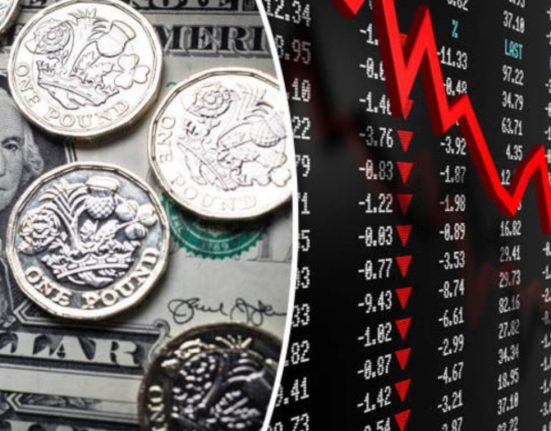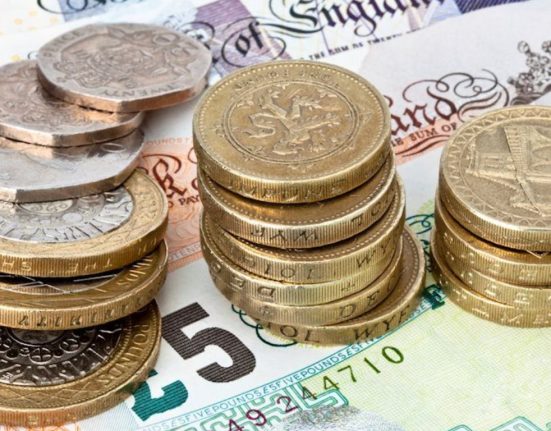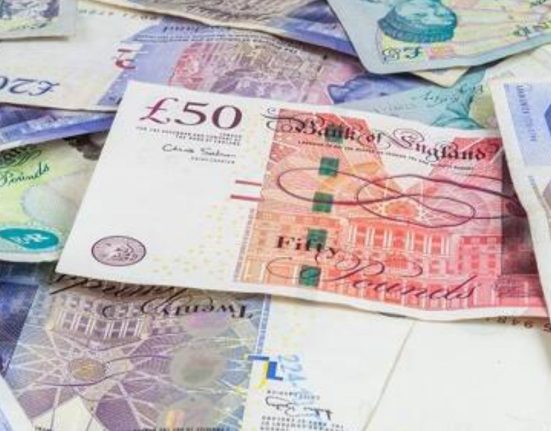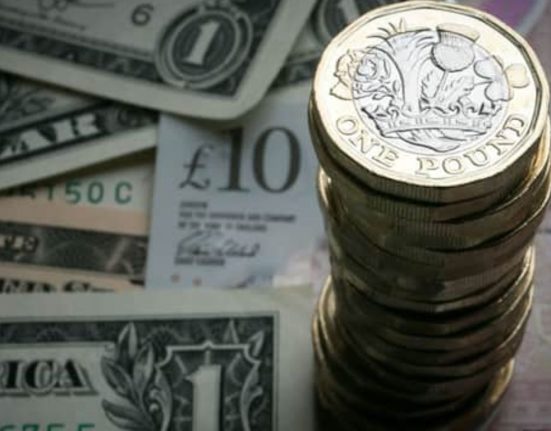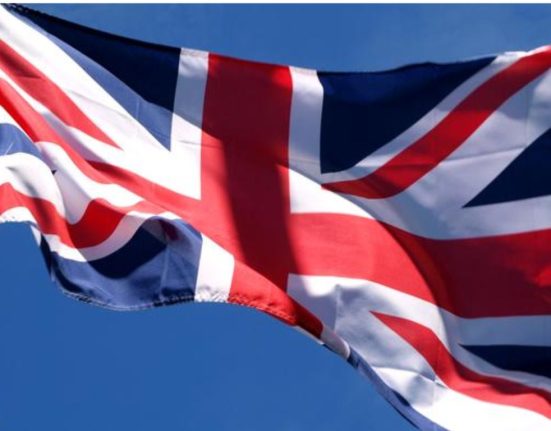The British pound (GBP) had been making a valiant effort to regain ground against the US dollar (USD) in recent trading sessions. However, the recovery momentum seems to have hit a roadblock near the significant 1.2400 hurdle. Traders and investors are closely monitoring this development, as it could potentially signal a reversal or consolidation phase for the GBP/USD currency pair.
Factors Behind the GBP/USD Performance
1. Market Sentiment and Risk Aversion
One of the key factors influencing the GBP/USD exchange rate is overall market sentiment. When global investors are risk-averse, they tend to seek safe-haven assets like the US dollar, putting downward pressure on the GBP/USD pair. Conversely, during periods of optimism, the pound often benefits as investors seek higher-yielding opportunities, causing the pair to rise.
2. Monetary Policy and Interest Rates
Another crucial factor impacting the GBP/USD performance is the monetary policy divergence between the Bank of England (BoE) and the Federal Reserve (Fed). When the BoE hints at tightening its monetary policy by raising interest rates, the pound tends to appreciate against the US dollar. Conversely, if the Fed takes a more hawkish stance on interest rates, the USD may strengthen, leading to a depreciation of the pound.
3. Economic Indicators and Brexit Developments
Economic indicators, such as GDP growth, employment data, and inflation figures, can significantly impact the GBP/USD exchange rate. Positive economic data from the UK tends to support the pound, while weak data can lead to a decline. Additionally, ongoing Brexit developments, including trade negotiations and their outcomes, can introduce volatility into the GBP/USD pair.
Testing the 1.2400 Resistance Level
Over the past few trading sessions, the GBP/USD pair managed to recover ground from its recent lows. However, as it approached the crucial 1.2400 resistance level, the rally lost steam. This resistance level represents a significant psychological barrier and has historically posed challenges for the pound’s upward movements against the dollar.
The Importance of the 1.2400 Hurdle
The 1.2400 level has acted as both support and resistance in the past, making it a critical zone for GBP/USD traders. A sustained break above this level could signal a bullish continuation, potentially paving the way for further upside gains. On the other hand, if the pair fails to overcome this resistance, it may indicate a bearish reversal or consolidation phase.
Factors Influencing the GBP/USD near 1.2400
1. Technical Analysis
Technical analysts closely scrutinize chart patterns, indicators, and oscillators to predict future price movements. Traders watching the GBP/USD near the 1.2400 level will be observing the formation of key candlestick patterns, trend lines, and indicators such as the Relative Strength Index (RSI) to gauge potential price reversals or breakouts.
2. Macroeconomic Data Releases
Scheduled economic data releases, such as employment reports, inflation figures, and GDP growth estimates, can greatly impact currency pairs. Traders should be vigilant of any upcoming data releases from both the UK and the US, as they can either reinforce or undermine the GBP/USD recovery near the 1.2400 level.
3. Geopolitical Developments
Geopolitical events, such as trade negotiations, political instability, and international conflicts, can introduce volatility into currency markets. Any unexpected news or announcements regarding these factors can influence GBP/USD movements near the critical 1.2400 resistance.
Implications for Traders and Investors
The performance of the GBP/USD pair near the 1.2400 resistance level carries significant implications for traders and investors alike. Here are a few scenarios to consider:
1. Bullish Breakout: If the pair manages to convincingly break above the 1.2400 level, it may attract further buying interest. Traders with a bullish outlook might seek opportunities to enter long positions, potentially targeting the next resistance levels such as 1.2500 and 1.2600.
2. Bearish Reversal: If the GBP/USD fails to overcome the 1.2400 hurdle and experiences a pullback, it could signal a bearish reversal. Traders with a bearish bias may look for short-selling opportunities, targeting support levels such as 1.2300 and 1.2200.
3. Consolidation Phase: Should the pair enter a consolidation phase near 1.2400, range-bound trading strategies might be appropriate. Traders could consider employing support and resistance levels to identify potential entry and exit points within the established range.
Conclusion
As the GBP/USD recovery loses momentum near the crucial 1.2400 resistance level, traders and investors should closely monitor the pair’s future movements. Various factors, including market sentiment, monetary policy divergence, economic indicators, and geopolitical developments, can influence the GBP/USD exchange rate. By staying informed and employing appropriate trading strategies, market participants can navigate potential opportunities and risks associated with the GBP/USD near 1.2400.

